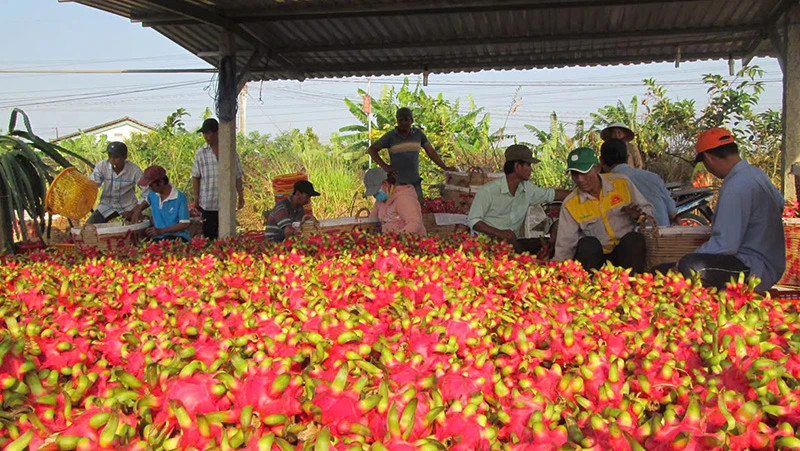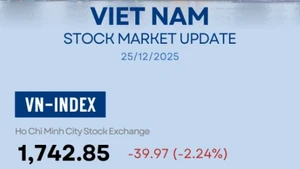This figure was a significant growth over recent years, contributing to the national trade surplus of 20.79 billion USD.
The strong export revenues from key products have contributed to this achievement, including 11.66 billion USD from wood and wood products; 5.87 billion USD from fruit and vegetables; 4.37 billion USD from coffee; 4.37 billion USD from rice; 3.17 billion USD from cashews; 2.79 billion USD from shrimp; and 1.36 billion USD from tra fish. Notably, pepper achieved 1 billion USD in exports, rejoining the "billion-dollar club" after over a decade.
The increase in export prices has not only boosted export revenue and raised the overall trade surplus for the sector but, more importantly, has driven up the domestic prices of many agricultural products, leading to significant profits for farmers. Since the beginning of the year, rice, durian, coffee, and pepper growers have been delighted as purchasing prices have consistently remained high.
The strong export growth has also inspired widespread adoption and expansion of models that transition from agricultural production to agricultural economy across localities, cooperatives, and farming households.
In recent years, Vietnam's agricultural sector has been adapting flexibly to climate change, market fluctuations, and shifts in consumer behaviour. As a result, aside from meeting domestic demand, a large portion of produced goods has been allocated for exports.
The agricultural trade surplus reflects the effective market exploration and trade promotion capabilities of relevant authorities to optimise the consumption of agricultural products. It also demonstrates the strength of various sectors, production regions, and processing enterprises in creating products that meet the demands for quality, standards, and design in each market.
















